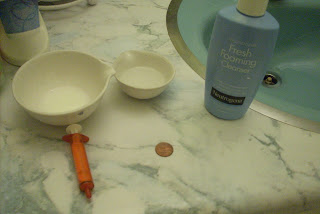Topics: Science
Explanation Quality: Best
Medium: Text
Type of Content: Research, News
Princeton Journal Watch is a blog about research conducted at - you guessed it - Princeton University. Each post gives a description of a recently published research article. They seem to come from all the (science) departments of the university. It is a good way to see what new discoveries are happening. The other great thing about it is that all the posts are written so that a layperson can read them. In other words, even if you don't have background in the topic, you will still understand what the research was about. A lot of the things are really interesting. To get an idea of the type of stuff they have, they last few posts they wrote (at the time of my writing this) are: "Princeton Researchers Use Mobile Phones to Measure Happiness"; "How Will Crops Fare Under Climate Change? Depends on How You Ask"; and "A Faster Vessel for Charting the Brain". All the posts link to an abstract of the article. The only downside is you (usually) can't read the full article without buying it. But I don't mind, because I don't have the background to understand the actual articles anyway. So overall, it's a good place to go for some easy to understand information on complex topics.
Explanation Quality: Best
Medium: Text
Type of Content: Research, News
Princeton Journal Watch is a blog about research conducted at - you guessed it - Princeton University. Each post gives a description of a recently published research article. They seem to come from all the (science) departments of the university. It is a good way to see what new discoveries are happening. The other great thing about it is that all the posts are written so that a layperson can read them. In other words, even if you don't have background in the topic, you will still understand what the research was about. A lot of the things are really interesting. To get an idea of the type of stuff they have, they last few posts they wrote (at the time of my writing this) are: "Princeton Researchers Use Mobile Phones to Measure Happiness"; "How Will Crops Fare Under Climate Change? Depends on How You Ask"; and "A Faster Vessel for Charting the Brain". All the posts link to an abstract of the article. The only downside is you (usually) can't read the full article without buying it. But I don't mind, because I don't have the background to understand the actual articles anyway. So overall, it's a good place to go for some easy to understand information on complex topics.









